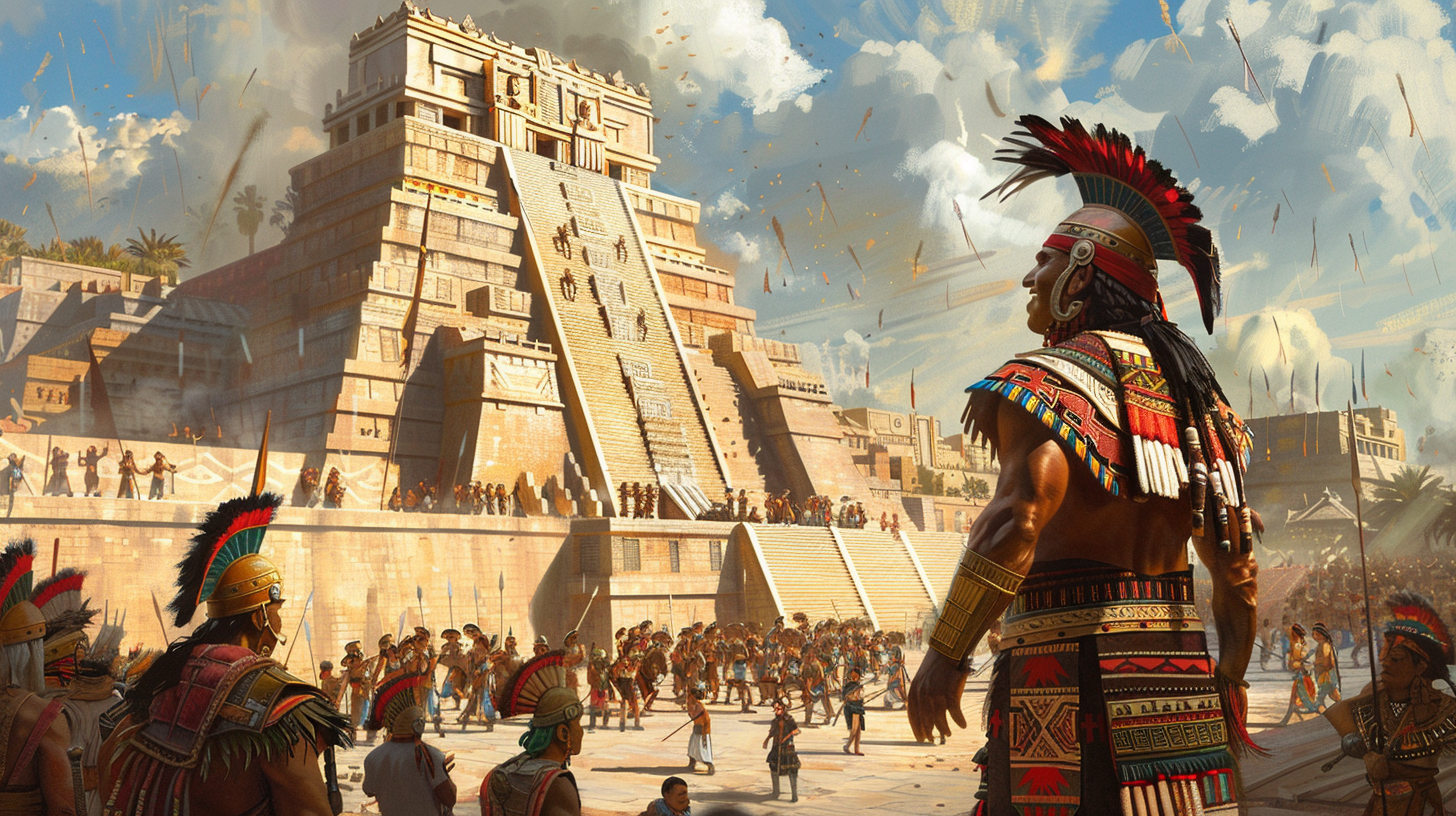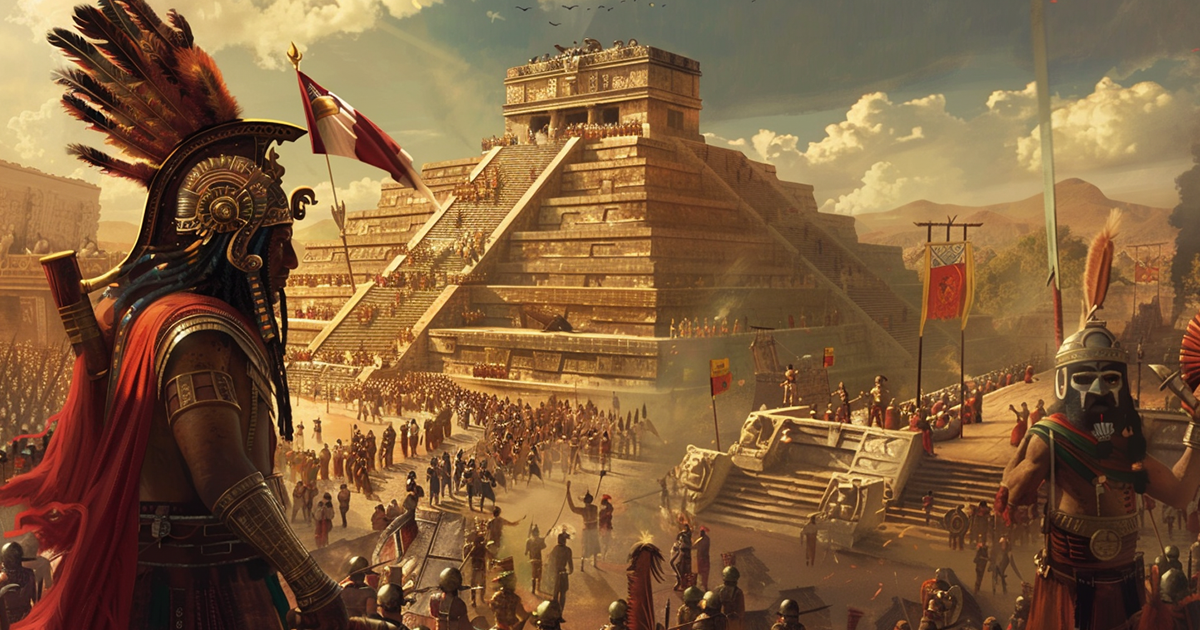The mesmerizing saga of the Aztec Empire’s emergence unfolds as we explore the ancient Mesoamerican annals. Contemplations on potential external influences or possession of profound knowledge are ignited by the sudden surge to power and extraordinary urban planning exhibited by this ancient culture.
The 14th century marked a substantial metamorphosis as the Aztec Empire rapidly and decisively rose to prominence. Within a few decades, they extended their rule over vast lands, encompassing a significant portion of what is now Mexico. This swift territorial expansion and centralized governance demonstrate an unparalleled level of strategic vision and administrative acumen.
At the core of the mystery encircling the Aztec Empire lies the complexity of their city layout. The capital, Tenochtitlan, perched on an island in Lake Texcoco, boasted a sophisticated array of canals, causeways, and meticulously designed streets. The architectural wonders erected by the Aztecs, including grand temples and pyramids, reflect a remarkable mastery of engineering and urban design.

The lingering question persists: how did a relatively small group achieve such remarkable progress seemingly from obscurity? Various theories suggest that the Aztecs might have received external assistance, be it from interactions with advanced cultures or divine intervention. Alternatively, it is theorized that they possessed advanced knowledge, either inherited from previous civilizations or gained through empirical observation and experimentation.
Regardless of the conjectures, the ascent of the Aztec Empire stands as a testament to human resourcefulness and adaptability. It highlights the intricate interplay of culture, environment, and historical context in molding the courses of civilizations.
In conclusion, the extraordinary ascent of the Aztecs remains a topic of deep fascination and investigation. Whether credited to external aid or advanced acumen, their achievements continue to inspire wonder and inquiry. Exploring the legacy of the Aztec Empire provides valuable insights into the subtleties of human history and the exceptional potential for innovation and adjustment embodied by ancient societies.
